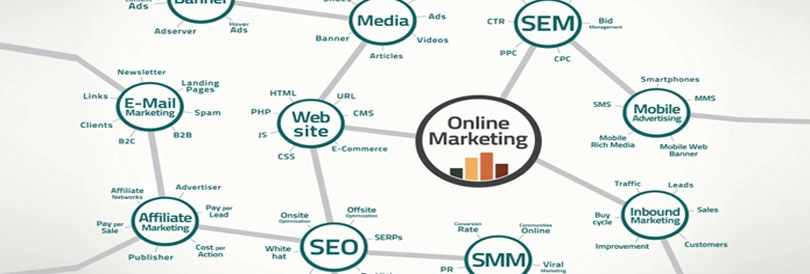Unlike shoppers of even a few years ago, today’s ultra-connected customers follow complex, tech-supported paths on their journey from discovery to purchase to post-purchase engagement with a brand.
To understand what this means for marketing your brand, think of your own consumer behavior. Let’s say you’re looking for new luggage. You might search for luggage online, click on a few websites, and check out different brands and prices. Later you might read customer reviews of the brands and styles that interested you. At some point, you sign up for email alerts and specials from two different brands, and, after receiving a 20% off coupon from one, you go to a store to see and touch the luggage in person. You like the style and feel, but not the colors in stock at the store, so you get on your smartphone, search the company’s website, and order the three-piece set in red for 20% off list price. The purchasing process is easy, and the luggage, delivered to your home within one week, is exactly what you wanted. You go online and use the code that came with your luggage to claim your free gift. Then you write a glowing review and let all your Facebook friends know about your new luggage.
Like many consumers today, you did not follow a linear path from seeing an advertisement to making a purchase. Instead, you used multiple devices touching multiple channels and charted your own course in researching, comparing, and choosing a brand.
Given this individual, nonlinear, mobile-enabled shopping behavior, businesses must develop marketing strategies that are coordinated and integrated across channels and time. An integrated approach that uses analytics to respond to customer expectations and provide consistent but individualized experiences for customers is what’s needed to engage today’s connected consumers.
Forrester Consulting and responsys call this approach “marketing orchestration,” but at Trighton, we simply call it “marketing.” That is, we have consistently worked with clients to develop integrated marketing strategies that focus on the customer’s experience with their brand and use clear messages, responsive websites, and data to respond to customers’ expectations.

